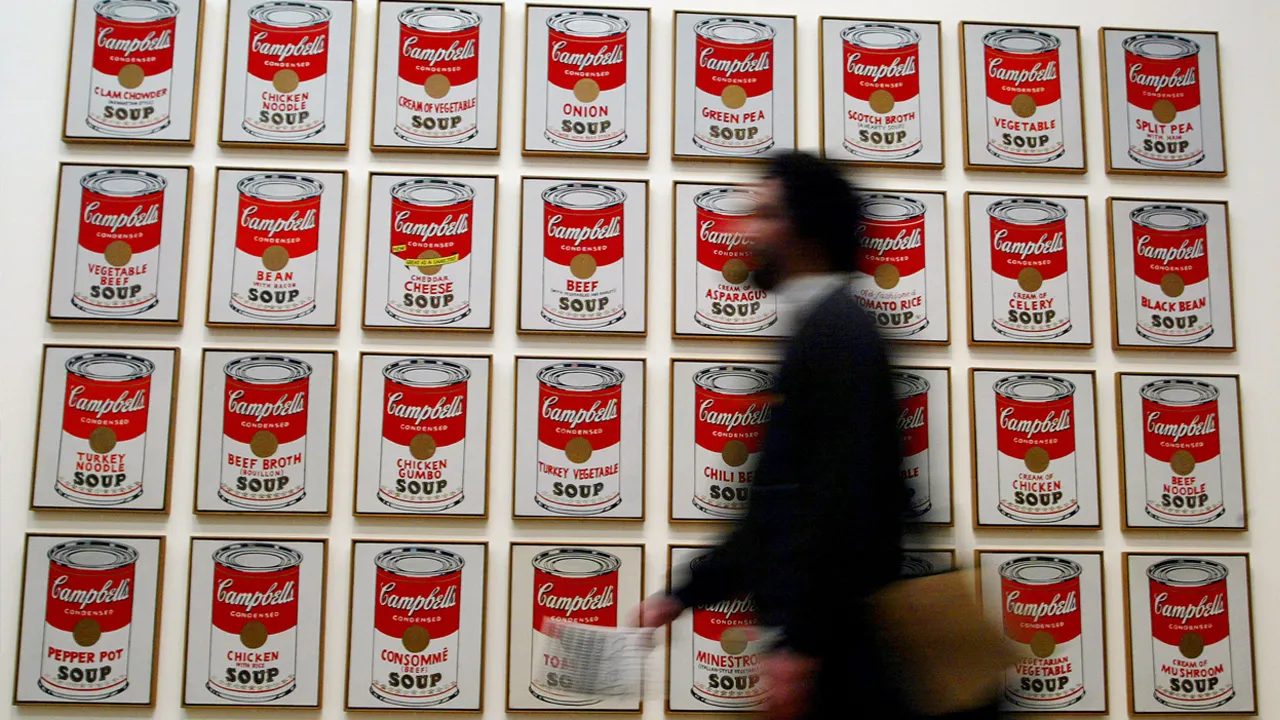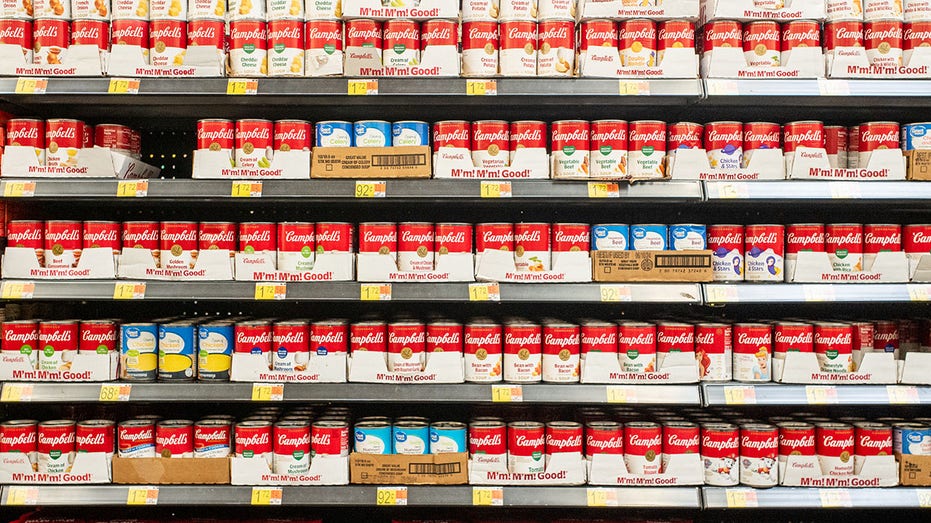Business
Campbell Soup executive secretly recorded mocking products, customers

Check out what’s clicking on FoxBusiness.com.
Accusations are making their rounds after a Campbell Soup Company executive allegedly made disparaging comments regarding the company’s customers and employees.
The executive was secretly recorded during a meeting, according to a lawsuit filed in Michigan’s Wayne County Circuit Court.
The suit, filed by Robert Garza, a former cybersecurity analyst for Campbell Soup, accuses Martin Bally, the company’s vice president and chief information security officer, of making the offensive comments during a meeting in November 2024.
Garza recorded the conversation, which he said took place at the company’s headquarters in Camden, New Jersey, Local 4 News Detroit reported.

Martin Bally, Campbell Soup Company’s vice president and chief information security officer, is accused in a lawsuit of making disparaging remarks about coworkers and customers during a recorded meeting, according to court filings and media reports. (LinkedIn / Fox News)
IOWA SPECIAL EDUCATION AIDE FIRED OVER CHARLIE KIRK COMMENT FILES LAWSUIT
In the recording, a voice alleged to be Bally’s can be heard criticizing Campbell’s products and mocking its consumers.
“We have s—t for f—ing poor people. Who buys our s—t? I don’t buy Campbell’s products barely anymore,” the voice allegedly belonging to Bally can be heard saying.
“Bioengineered meat — I don’t wanna eat a piece of chicken that came from a 3-D printer,” Bally allegedly says, belittling Campbell’s soup ingredients.

Campbell’s soup is seen on shelves at a Walmart store on September 01, 2022 in Houston, Texas. (Brandon Bell/Getty Images / Getty Images)
He also allegedly made derogatory comments about Indian coworkers and – according to the recording – claimed he sometimes came to work under the influence of marijuana.
“F–king Indians don’t know a f–king thing,” the voice on the recording says. “They couldn’t think for their f–king selves.”
Garza, who began working for the soup giant in September 2024, told Local 4 News that initially he had kept the recording private but changed his mind and decided to report the comments to his supervisor.
The complaint states that Garza was terminated approximately 20 days later, and he is accusing the company of maintaining a racially hostile work environment.
Garza’s attorney says that his client “was really sticking up for other people” and alleges that the termination was retaliatory.
A Campbell Soup Company spokesperson told The New York Post that Bally has been placed on temporary leave while they conduct an internal investigation.

Cans of Campbell’s soup are displayed on a supermarket shelf in San Rafael, California. Campbell Soup Co. (Justin Sullivan/Getty Images / Getty Images)
“If the comments were in fact made, they are unacceptable. They do not reflect our values and the culture of our company,” the spokesperson said. “We are proud of the food we make, the people who make it, and the high-quality ingredients we use. The comments heard on the recording about our food are not only inaccurate — they are patently absurd.”
The company says it was not aware of the recording before the lawsuit was filed.
Fox News Digital has reached out to Campbell Soup Company for additional comments but did not immediately hear back.
GET FOX BUSINESS ON THE GO BY CLICKING HERE
As of now, no court response from Campbell Soup had been filed in the case.
Garza is seeking damages for wrongful termination and retaliation.









